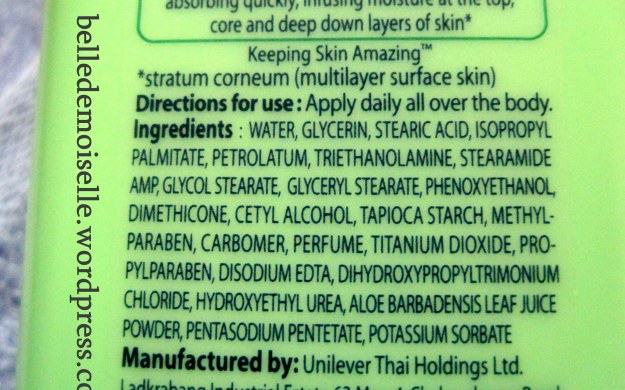froggybean37
Well-Known Member
- Joined
- Feb 15, 2013
- Messages
- 162
- Reaction score
- 132
Hi all!
I'm making a new recipe of lotion in hopes of it being a bit thinner than my usual recipe, but am having issues with it separating. Water and oils were both heated and held to 170-180 for 20 mins and combined
Half and Half Water/Pure Aloe Vera Juice - 35%/35% (70% total) - 995g
E-Wax (Traditional from WSP) - 6% - 85 g
Stearic Acid - 2% - 29 g
Sodium Lactate - 2% - 29 g
Avocado Oil - 8% - 114 g
Sweet Almond Oil - 8% - 114 g
Shea Butter 4% - 57g
I thought maybe my emulsifiers were too low so I heated and added an additonal 2% (28 g) of E-wax and another 1% (15g) of Stearic Acid, but the mixture is still separating out after a few minutes of sitting in the pot. Any help would be hugely appreciated!
Thanks!
I'm making a new recipe of lotion in hopes of it being a bit thinner than my usual recipe, but am having issues with it separating. Water and oils were both heated and held to 170-180 for 20 mins and combined
Half and Half Water/Pure Aloe Vera Juice - 35%/35% (70% total) - 995g
E-Wax (Traditional from WSP) - 6% - 85 g
Stearic Acid - 2% - 29 g
Sodium Lactate - 2% - 29 g
Avocado Oil - 8% - 114 g
Sweet Almond Oil - 8% - 114 g
Shea Butter 4% - 57g
I thought maybe my emulsifiers were too low so I heated and added an additonal 2% (28 g) of E-wax and another 1% (15g) of Stearic Acid, but the mixture is still separating out after a few minutes of sitting in the pot. Any help would be hugely appreciated!
Thanks!








































